Research on Crack Repair Based on Reclaimed Aggregate Supported Microbial Concrete
DOI: 10.23977/bridse.2023.010101 | Downloads: 44 | Views: 2522
Author(s)
Kai Guo 1, Fan Yang 1
Affiliation(s)
1 School of Civil Engineering, Shenyang University of Architecture, Shenyang, Liaoning, 110168, China
Corresponding Author
Kai GuoABSTRACT
Based on the characteristics of sparse and porous surface of recycled aggregate, this paper used recycled aggregate as a carrier to prepare microbial concrete by solid loading of Bacillus subtilis, and treated with kaolinite geopolymer for external wrapping to indirectly evaluate the difference of crack repair effect by capillary water absorption. The results showed that the water absorption of the untreated recycled aggregate was 6.17%, and the water absorption of the recycled aggregate was 8.94% after the treatment with metakaolin; after 28 d repair, the cumulative water absorption of the two groups of solid-loaded microbial concrete treated with recycled aggregate and external wrapping was significantly reduced compared with that of the direct bacteria-doped group; with the extension of the repair time, the initial water absorption of the three groups S1 gradually decreased, and the later water absorption S2 still showed a general trend of gradual decrease. The ratio of S1 / S2 water absorption of the three groups basically showed a decreasing pattern; due to the volcanic ash effect of the metakaolin, the ratio of S1 / S2 between the initial and late water absorption of the recycled aggregates treated with metakaolin increased.
KEYWORDS
Recycled aggregates, carrier species, microorganisms, self-healing concrete, capillary water absorptionCITE THIS PAPER
Kai Guo, Fan Yang, Research on Crack Repair Based on Reclaimed Aggregate Supported Microbial Concrete. Bridge and Structural Engineering (2023) Vol. 1: 1-6. DOI: http://dx.doi.org/10.23977/bridse.2023.010101.
REFERENCES
[1] Jonkers H M. Self-healing concrete:a biological approach. Self-Healing Materials, 2007: 195- 204.
[2] Huang Miao, Li Jing, Bo Zhongwei, et al. Research progress of concrete structure crack repair technology. New Building Materials, 2014, 41(06): 80-83.
[3] Wang Liao, Li ZG, Luo XG. A brief description of repair techniques for concrete cracks. Concrete, 2006(03): 91-93.
[4] Shaikh F. Effect of cracking on corrosion of steel in concrete. International Journal of Concrete Structures & Materials, 2018, 12(1): 53-64.
[5] Tang L, Utgenannt P, Boubitsas D. Durability and service life prediction of reinforced concrete structures (in English). Journal of Silicates, 2015, 43(10): 1408-1419.
[6] Wang Yanlei, Sun Huijie, Cao Mingmin. Durable service life analysis of steel-concrete composite beams under environmental erosion. Journal of Building Structures, 2015, 36(S1): 355-359.
[7] Qian Chunxiang, Ren Lifu, Luo Mian. Research progress of concrete surface defects and cracks repair technology based on microbial induced mineralization. Journal of Silicates, 2015, 43(05): 619-631.
[8] Li Qiaoling, Liu Niuhua. Current status of research on microbial carrier materials for concrete crack repair. Concrete, 2017, No. 333(07): 18-21.
[9] Xiao Jianzhuang. Recycled concrete. Beijing: China Construction Industry Press, 2008: 3- 5.
[10] Ngoc K B T S, Horishi T. Mechanical properties of concrete containing 100% treated coarse recycled concrete aggregate. Construction and Building Materials, 2018, 163: 496-507.
| Downloads: | 44 |
|---|---|
| Visits: | 2522 |
Sponsors, Associates, and Links
-
Journal of Sustainable Development and Green Buildings
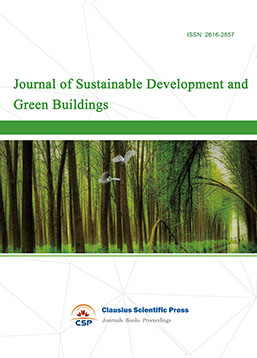
-
Landscape and Urban Horticulture
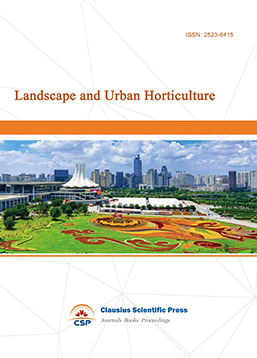
-
Soil Mechanics and Geotechnical Engineering
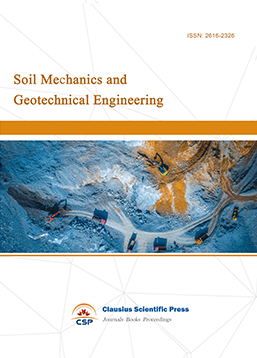
-
Journal of Civil Engineering and Urban Planning
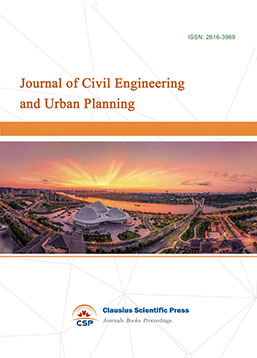
-
Journal of Municipal Engineering
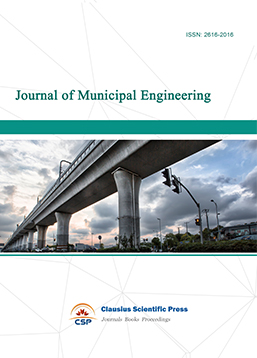
-
Heating, Ventilation and Air Conditioning
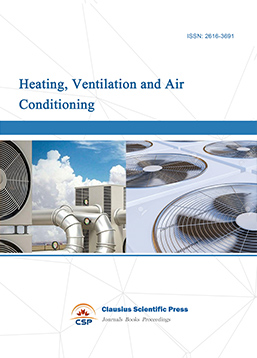
-
Indoor Air Quality and Climate
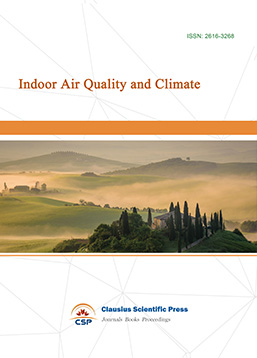
-
Computer Aided Architecture Design
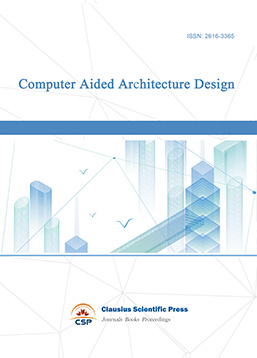

 Download as PDF
Download as PDF